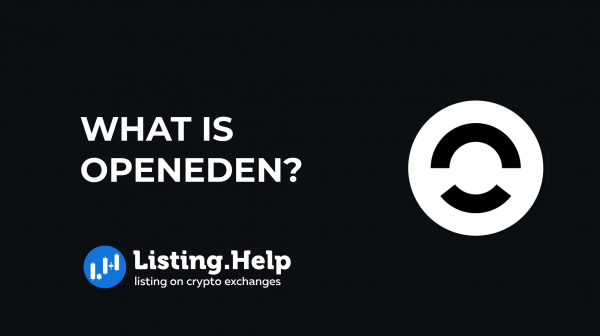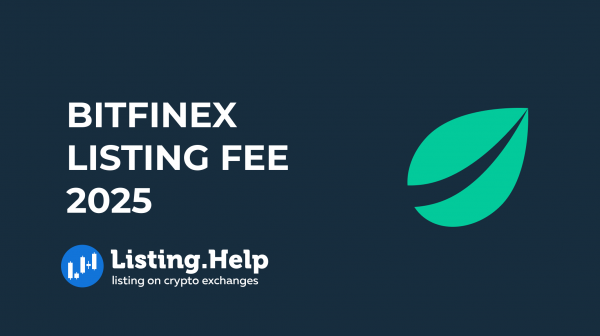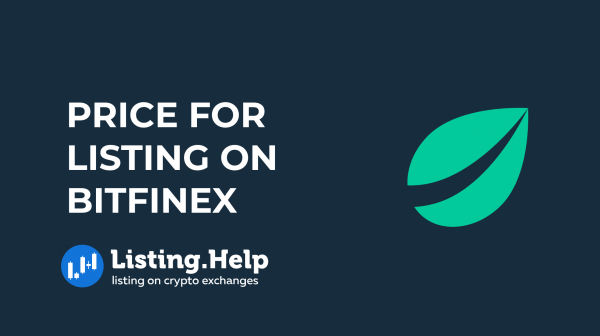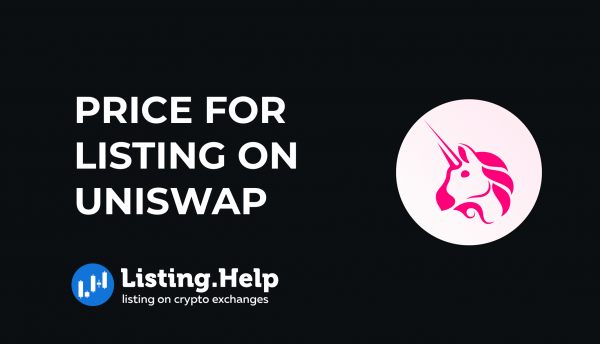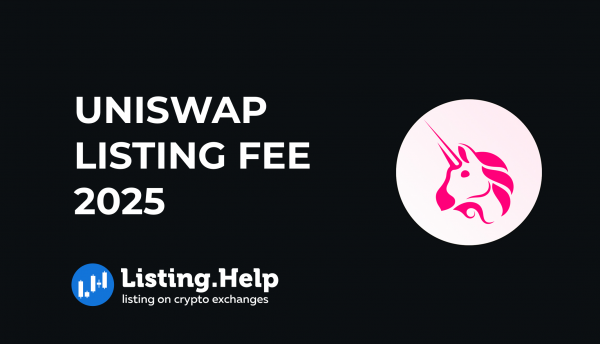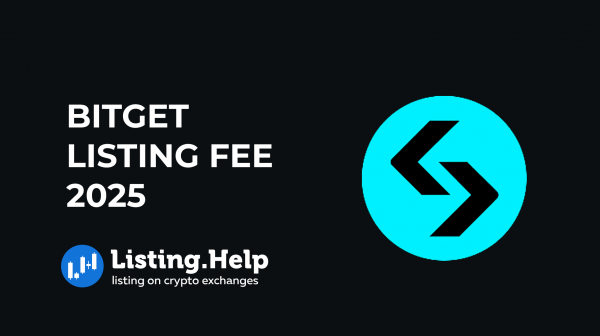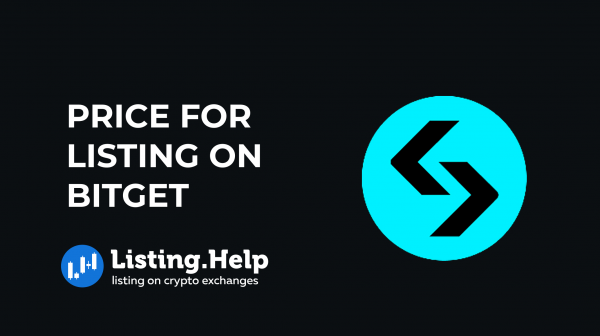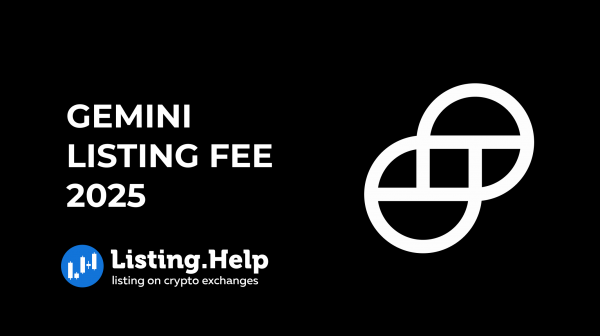What is Morpho (MORPHO)?
 November 8, 2025
November 8, 2025 Updated: November 8 2025, 09:08
Updated: November 8 2025, 09:08
LEAVE A REQUEST
Launching your own token project? Our experts are ready to help with listing on exchanges, market making, marketing and other solutions
SUBMIT APPLICATIONMorpho is a decentralized, non-custodial lending platform operating on Ethereum and other EVM-compatible networks. It adds a peer-to-peer layer to existing DeFi protocols, improving how lending and borrowing work by making them more direct and efficient.
Instead of relying only on pooled liquidity, Morpho tries to connect lenders and borrowers directly. This structure reduces the gap between borrowing and lending rates, helping both sides use their capital more effectively. If no direct match is found, the system automatically connects to integrated liquidity pools, so funds continue generating yield. Users can also create their own lending markets or use vaults that distribute assets across strategies, giving them flexibility and full control of their holdings.
How Morpho Works?
Morpho Markets
Morpho’s lending ecosystem is built around isolated lending markets, each pairing one collateral asset with one loan asset. These markets are open to anyone to create. When launching a new one, users set parameters such as collateral type, liquidation thresholds, and interest rate formulas. Once deployed, market rules remain fixed and transparent to all participants.
Borrowers deposit one asset as collateral and borrow another up to the set Loan-to-Value (LLTV) ratio. If collateral value falls below safe levels, the system automatically liquidates it to protect lenders and keep the market stable.
Morpho Vaults
For users who prefer a simpler approach, Morpho Vaults allow deposits into managed strategies without handling individual loans. Each vault is operated by a curator, who decides how to allocate assets across various markets based on risk and potential return.
When users deposit tokens like ETH or USDC, they receive vault tokens representing their share. These tokens increase in value as the vault earns yield from borrowers. Funds can be withdrawn anytime, giving access to the original deposit plus accumulated returns, minus fees.
Typical Lending Process:
- Deposit assets: Supply ETH, USDC, or other supported tokens to a Morpho Market or Vault.
- Find matches: The peer-to-peer layer links lenders with borrowers directly. If no match exists, liquidity is sourced through Aave, Compound, or other integrated protocols.
- Earn interest: Borrowers pay interest, distributed to lenders or added to vault balances.
- Maintain positions: Borrowers track their collateral health through a Health Factor. Adding collateral or repaying loans keeps them safe from liquidation.
- Withdraw: Lenders can withdraw principal and interest anytime, while borrowers reclaim collateral once their debt is cleared.
Key Features of Morpho
Curators
Curators are independent managers responsible for vault strategies. They decide how to diversify deposits and manage risks across multiple markets. Curators earn a performance fee tied to their results, aligning their interests with those of depositors. Since vault creation is open, users can choose curators based on performance and transparency.
Liquidation Mechanism
Morpho uses an automated liquidation process to protect lenders. Each borrower’s Health Factor is continuously monitored, and when it drops to 1 or below, the loan becomes eligible for liquidation. Anyone can repay the borrower’s debt and receive collateral plus a small bonus. This keeps the system solvent and fair during volatile conditions.
Bundlers
Bundlers streamline on-chain actions by combining several operations into one transaction. Instead of performing separate steps for depositing, borrowing, and swapping, users can complete them all at once. For example, a user can wrap ETH into WETH, supply it as collateral, and borrow USDC in a single action. This saves gas fees, reduces failed transactions, and simplifies complex interactions.
Risks and Considerations
Like all DeFi platforms, Morpho involves certain risks. Smart contracts may contain bugs despite audits. The protocol relies on price oracles, and faulty data could trigger incorrect liquidations or cause bad debt. Borrowers risk losing collateral if their position drops below the allowed LLTV ratio. Lenders face potential losses if collateral falls too fast to liquidate.
Liquidity can also tighten during high demand, temporarily delaying withdrawals. Vault users face curator risk since returns depend on how the curator manages assets. There’s also counterparty risk when dealing with third-party protocols that hold or move user funds.
What is the MORPHO Token?
MORPHO is the governance token of the ecosystem, with a capped supply of one billion. Token holders participate in the Morpho DAO, which manages upgrades, policy changes, and treasury decisions. Voting power is weighted by token balance, giving larger holders more influence.
The token also supports network incentives, rewarding users who lend or borrow through the protocol and helping maintain active participation in governance.
The MORPHO token is listed on many platforms, including WEEX, CoinDCX, Bitrue and Crypto.com. If you’re looking to list your token on similar platforms, understanding the token listing process and crypto exchange listing fees is essential.
Conclusion
Morpho enhances decentralized lending by layering peer-to-peer efficiency on top of existing DeFi infrastructure. Its Markets, Vaults, and Bundlers provide multiple entry points for users — from active lenders managing positions to passive investors seeking automated returns.
While it improves capital efficiency and transparency, participants must stay aware of potential risks such as smart contract vulnerabilities, oracle failures, and liquidation events. Understanding how the system works and managing exposure responsibly remain essential for anyone using Morpho.

For more insights and updates on the crypto world, don’t forget to check out our blog at Listing.Help.




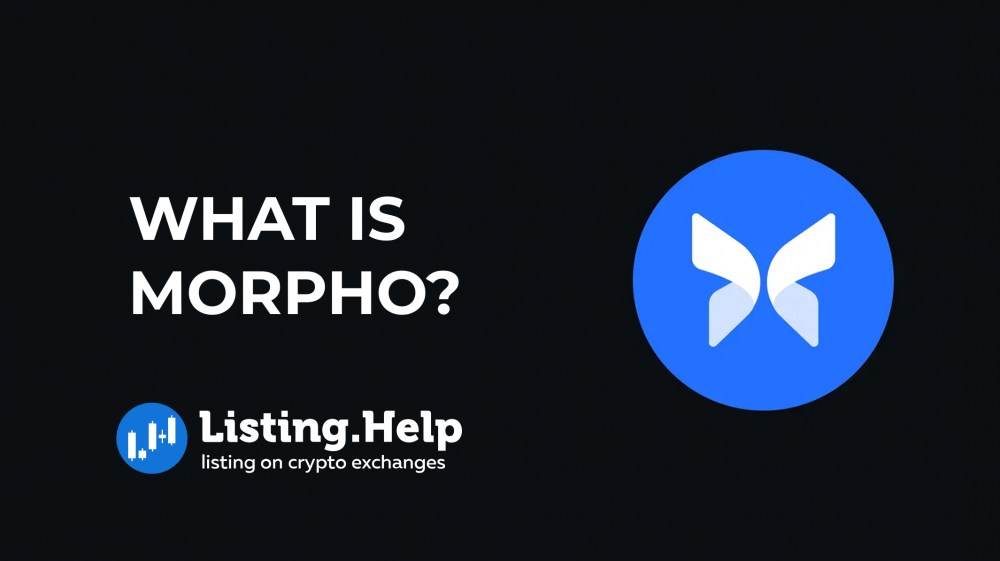

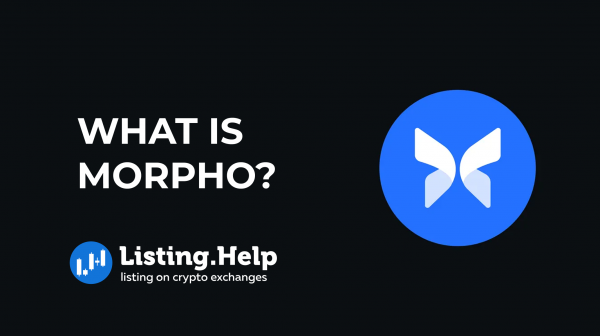
 November 8, 2025
November 8, 2025 